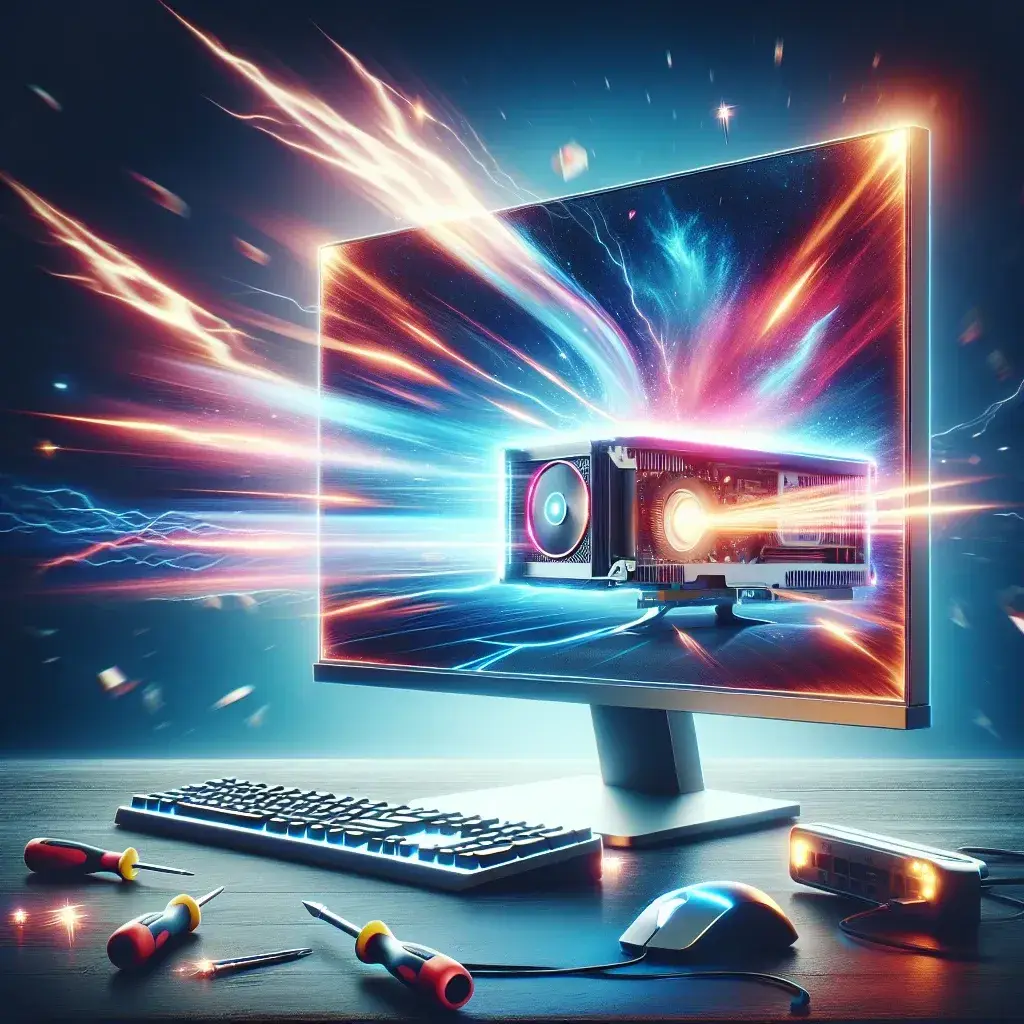Overclocking your monitor can enhance your viewing and gaming experience by increasing the refresh rate, giving you smoother motion and reduced input lag. However, it’s important to proceed with caution to avoid damaging your monitor. In this guide, we will walk you through the process of overclocking your monitor safely.
What is Monitor Overclocking?
Overclocking a monitor involves increasing its refresh rate beyond the factory-set specifications. A higher refresh rate results in more screen updates per second, leading to a smoother display. This is particularly beneficial for gamers and video editors.
Standard vs Overclocked Refresh Rates
| Monitor Type | Standard Refresh Rate | Overclocked Refresh Rate |
|---|---|---|
| Standard Monitors | 60Hz | 75Hz – 80Hz |
| Gaming Monitors | 144Hz | 165Hz – 200Hz |
Steps to Overclock Your Monitor
1. Checking Compatibility
- Research: Ensure that your monitor model can handle overclocking by checking online reviews and forums.
- Graphics Card: Make sure your graphics card supports higher refresh rates.
2. Adjusting Settings via NVIDIA Control Panel
- Right-click on your desktop and open NVIDIA Control Panel.
- Navigate to “Change resolution” under the Display section.
- Click on “Customize” and then “Create Custom Resolution”.
- Increase the refresh rate in small increments (e.g., from 60Hz to 65Hz), then test the new rate.
3. Adjusting Settings via AMD Radeon Settings
- Right-click on your desktop and open AMD Radeon Settings.
- Navigate to “Display” and click on “Create” under the Custom Resolutions section.
- Increase the refresh rate in small increments and test.
4. Using Custom Resolution Utility (CRU)
- Download and install Custom Resolution Utility (CRU).
- Open the application and select your monitor.
- Create a new resolution with an increased refresh rate in small increments.
- Apply the changes and restart your PC.
Testing the Overclock
After making adjustments, it’s crucial to test the overclock to ensure stability:
- Frame Skipping Test: Visit websites like TestUFO to check for skipped frames.
- Monitoring Temperatures: Use applications like HWMonitor to ensure your monitor and graphics card temperatures remain stable.
Potential Risks and Considerations
While overclocking can provide better performance, there are risks involved:
- Damage: Overclocking can potentially void your monitor’s warranty and cause irreversible damage if not done correctly.
- Instability: Higher refresh rates may not be stable on all monitors, leading to screen flickering or artifacts.
Final Thoughts
Overclocking your monitor can significantly enhance your visual experience, especially for gaming and high-definition video playback. However, it’s essential to proceed cautiously, incrementally increasing the refresh rate and thoroughly testing to ensure stability. Happy overclocking!

